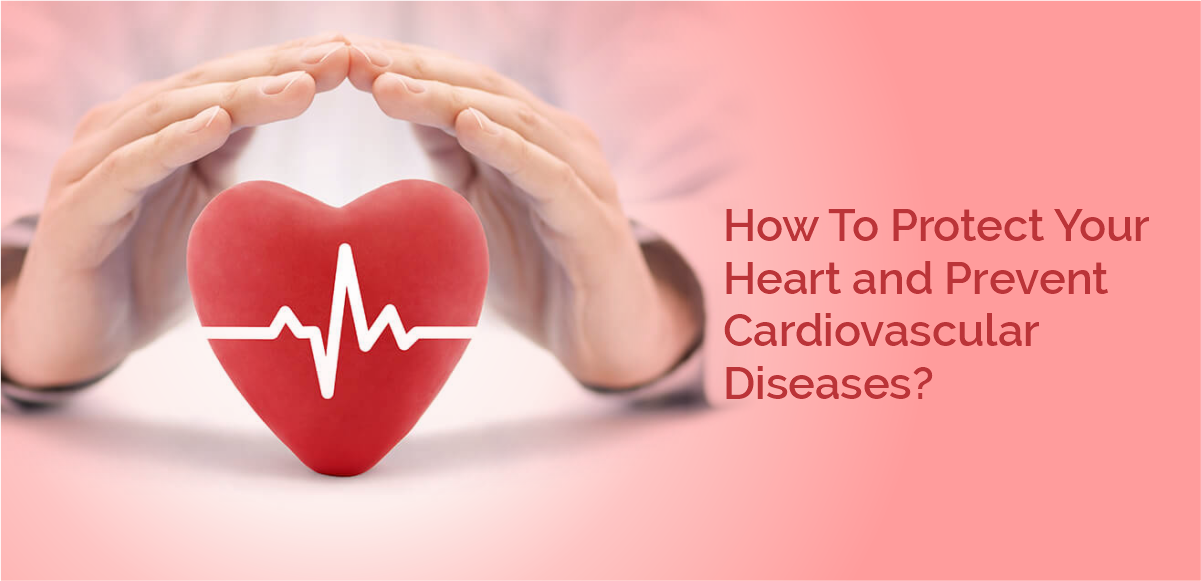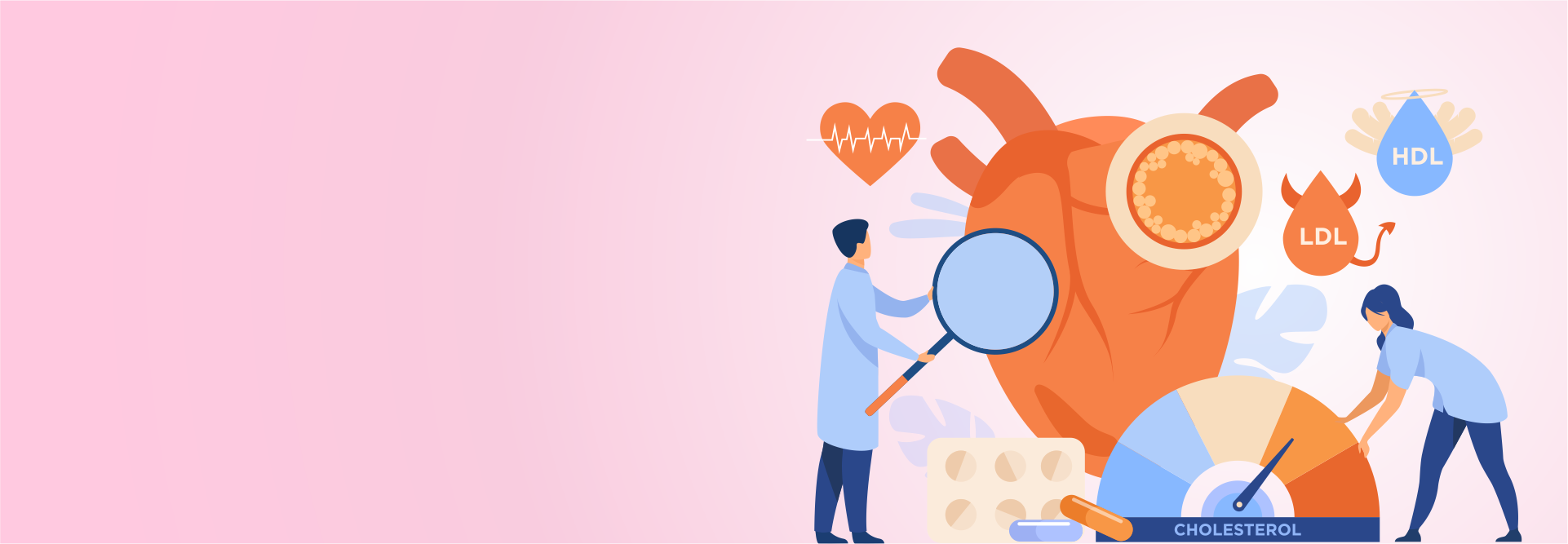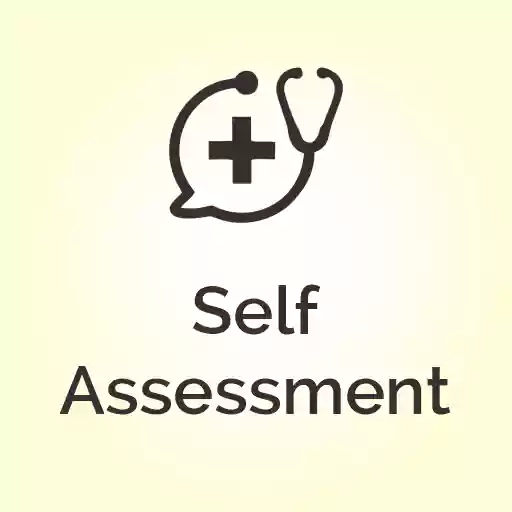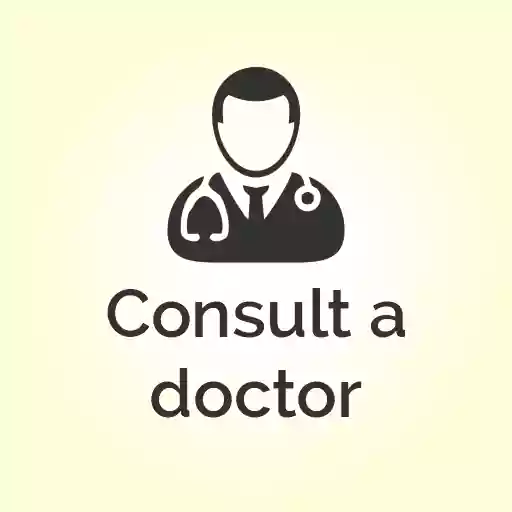What is a Lipid Disorder?
Lipids are one of the components present in our body. In literal words, lipids is another word for fats. Our body has various types of fats. When you have a Lipid disorder disease, there is either an increased or decreased level of fats. The lipid disorder disease could be due to increased levels of LDL (Low-Density Lipoprotein) or decreased levels of HDL (High-Density Lipoprotein). Lipid disorder can also be due to increased Triglyceride (TGC) levels or increase in total cholesterol levels.
Lipids (fats) are formed by metabolism in our bodies. When our body digests food, it breaks it down into carbohydrates, proteins, and fats. If there is an issue with the body's metabolism, then there can be an improper breakdown of fat which can lead to excessive fats or bad lipids in the blood. Thus leading to disease related to lipid metabolism.
The problem with lipid-related diseases is the extra fat floating in the bloodstream. This fat or lipids can cause various complications in our bodies like heart attacks, stroke, arterial wall thickening, etc. Some of these diseases related to lipid metabolism can be the cause of death. Hence, there needs to be proper lipid disorder treatment.
What Causes Lipid Disorder?Three main reasons would cause lipid disorder diseases. Since the lipid comes from the metabolism of the food eaten, the primary cause is food. Improper food intake leads to lipid metabolism disorders. Foods that contain higher levels of saturated fats increase the chances of lipid disorders by increasing LDL. Animal-based foods have a higher amount of saturated fats like Cheese | Milk | Butter | Steak Then there are trans fats or trans-fatty acids. These not only increase the LDL levels, but they also decrease the HDL level. Processed foods such as potato chips, fried food, and margarine have increased trans fats. Lipid disorders can be due to some other pre-existing medical conditions such as: Diabetes | PCOS (polycystic ovarian syndrome) Hypothyroidism | Kidney disease These are some of the lipid-related diseases. Other causes of lipid disorder diseases are lifestyle-related. Smoking | Lack of exercise / sedentary lifestyle Rare lipid disorders can be due to genetic predisposition. If others in a family have a lipid-related disorder, then the chances of a person getting it increases. Some medications, such as diuretics, can also cause lipid metabolism disorders. |
What Causes Lipid Disorder?Three main reasons would cause lipid disorder diseases. Since the lipid comes from the metabolism of the food eaten, the primary cause is food. Improper food intake leads to lipid metabolism disorders. Foods that contain higher levels of saturated fats increase the chances of lipid disorders by increasing LDL. Animal-based foods have a higher amount of saturated fats like Cheese | Milk | Butter | Steak Then there are trans fats or trans-fatty acids. These not only increase the LDL levels, but they also decrease the HDL level. Processed foods such as potato chips, fried food, and margarine have increased trans fats. Lipid disorders can be due to some other pre-existing medical conditions such as: Diabetes | PCOS (polycystic ovarian syndrome) Hypothyroidism | Kidney disease These are some of the lipid-related diseases. Other causes of lipid disorder diseases are lifestyle-related. Smoking | Lack of exercise / sedentary lifestyle Rare lipid disorders can be due to genetic predisposition. If others in a family have a lipid-related disorder, then the chances of a person getting it increases. Some medications, such as diuretics, can also cause lipid metabolism disorders. |
What are the Symptoms of Lipid Disorders?
Lipid-related disorders by themselves do not cause any direct symptoms. It is after a long time of the disease being in the body that the impact is known. High LDL levels lead to clogging of the arteries. The higher level of lipids in the bloodstream causes deposition in the walls of the arteries. This is known as atherosclerosis. This atherosclerosis can pile up and choke the arteries. This can lead to decreased blood flow to the heart, leading to a heart attack. Often, early symptoms of such a heart disease can be seen as chest pain (angina) or shortness of breath (dyspnea).
![]()
![]()
In rare lipid disorders, there may be lipid deficiency disease. In this case, the person has very little body fat. The muscles look prominent, making the body look disproportionate.
How do you diagnose a lipid disorder?
The blood test is known as a lipid profile. The lipid profile measures cholesterol in milligrams of cholesterol per deciliter (mg/dL). The total cholesterol level should not exceed 200 mg/dL. It also measures HDL which needs to be between 35-80, LDL which should ideally be less than 130 and triglycerides less than 150. Any deviation from this normal range is alarming and should be shown to the doctor. |
What is the treatment of Lipid Disorders?
There are three broad treatment options for lipid disorders.
Lifestyle changes
As mentioned above, if the cause of the lipid metabolism disorder is a lifestyle, then simple changes can be a part of the treatment. Cessation of smoking and a healthy diet can lead to a decrease in LDL levels. Daily exercise can increase HDL levels.
Medical treatment
In case of strong genetic history or no improvement with lifestyle changes, medical treatment is needed. For the treatment of lipid disorders, there are four major groups of drugs.
Statins | Cholesterol absorption inhibitors | Fibrates | Bile acid sequestrants
Supplements as medicines
Certain supplements can help in the treatment of lipid disorders. These may be used individually or in conjunction with medical treatment.
Supplements such as Omega 3 fatty acids can help decrease triglycerides and LDL levels. Niacin supplements help to increase HDL levels.
Lipid Disorder Disease Management ProgramAssurance by NanoHealth helps in timely identification, diagnosis and treatment by pairing you with the right care providers. Our disease care management programs include: 1. Regular interactions with your health coach for treatment adherence. Assurance is with you every step of the way until maximum health and wellness are achieved. |

A healthy heart means a healthy life; Here are some top tips for heart care to prevent cardiovascular disease.
















